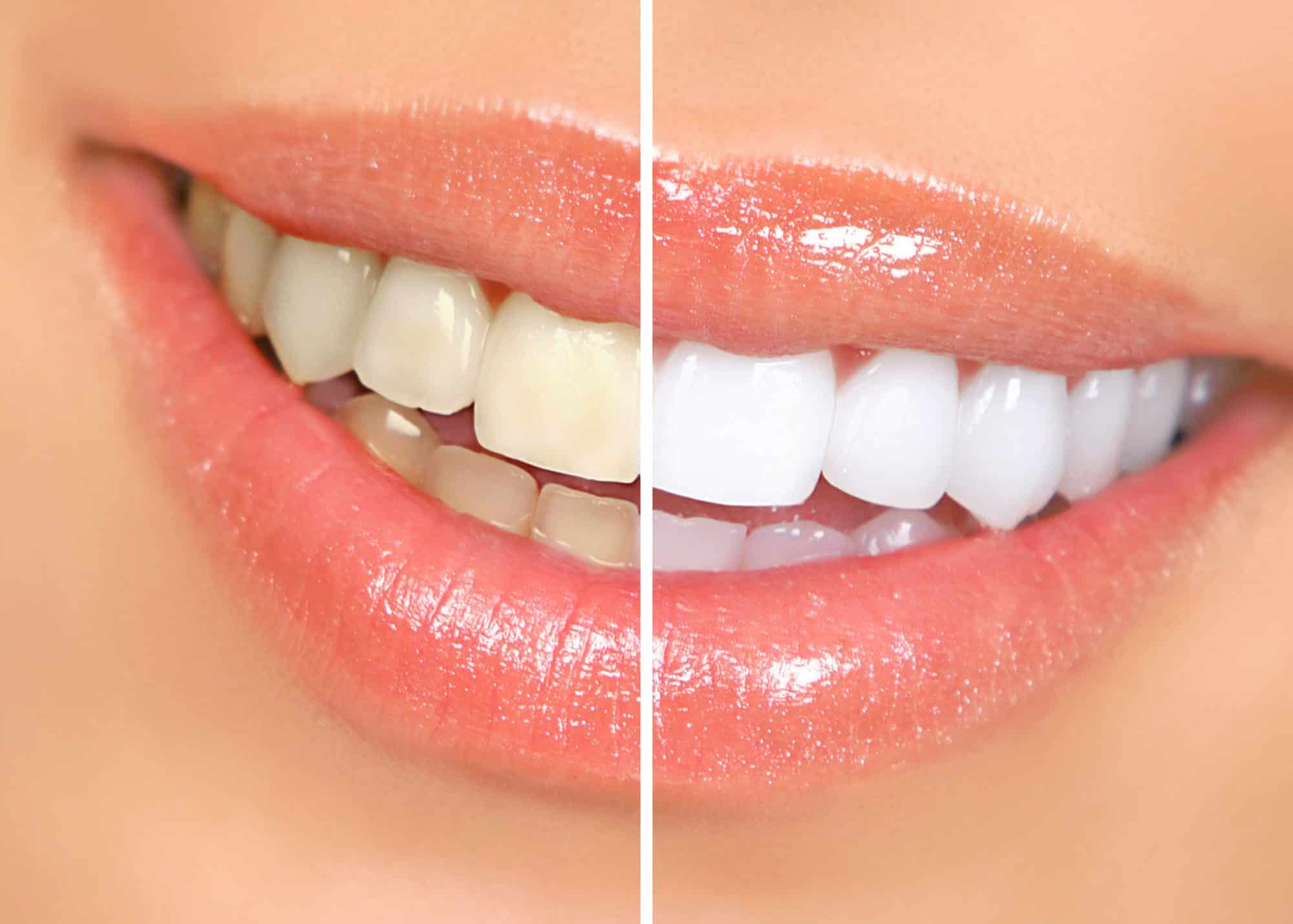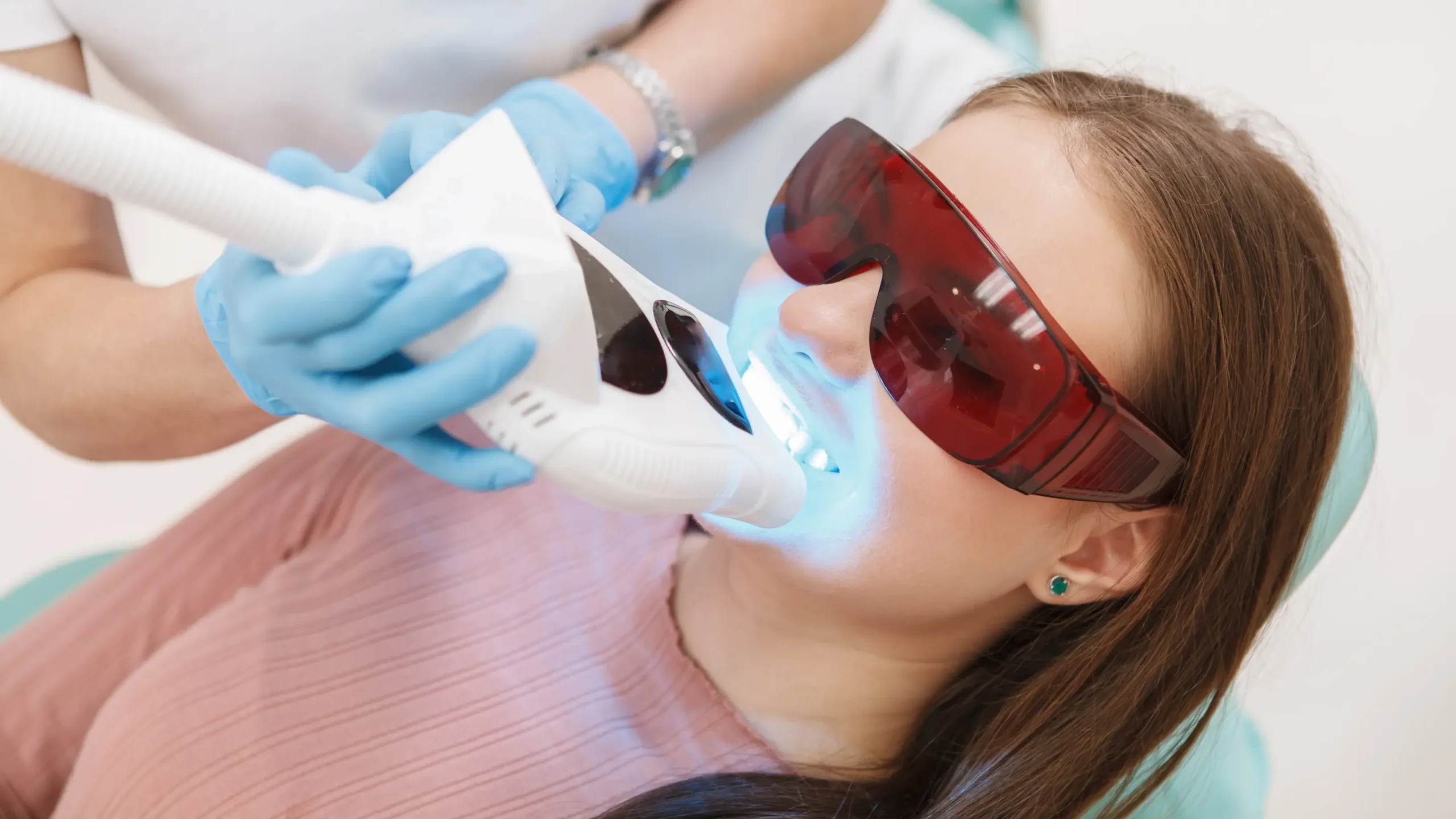Shopping cart
Subscribe to out newsletter today to receive latest news administrate cost effective for tactical data.
2478 Street City Ohio 90255
- Phone: 77 999 833 20
- Email: info@tinypearls.in
Subscribe to out newsletter today to receive latest news administrate cost effective for tactical data.
2478 Street City Ohio 90255
Teeth whitening is a cosmetic dental procedure designed to lighten the color of natural teeth by removing stains, discoloration, and dullness. Over time, teeth naturally lose their brightness due to factors like aging, dietary habits, smoking, or certain medications. Whitening treatments restore a radiant appearance, helping patients regain confidence in their smiles.
There are different methods available — in-clinic whitening procedures, take-home kits prescribed by dentists, and professional maintenance strategies. Unlike over-the-counter products, professional whitening treatments are tailored to individual needs and performed under expert supervision, ensuring safety, comfort, and visible results.
Whitening is not a one-size-fits-all solution. Dentists evaluate oral health, existing restorations, and the degree of discoloration before recommending the most effective approach. Whether for an upcoming event, professional requirement, or simply to feel more confident daily, teeth whitening is one of the fastest and most effective ways to enhance a smile.


A bright smile is often associated with youth, confidence, and health. Unfortunately, natural teeth can lose their shine over time. Common causes of staining include
Coffee, tea, red wine, and colored foods cause surface stains.
Smoking or chewing tobacco leads to yellow or brown discoloration.
Enamel wears down with age, exposing the yellowish dentin beneath.
Certain antibiotics or high fluoride intake during tooth development cause deep discoloration.
Plaque and tartar buildup dull the natural whiteness of teeth.
Teeth whitening addresses these concerns, giving patients a cleaner, healthier, and more attractive appearance. Beyond aesthetics, it also boosts psychological well-being — people with whiter teeth tend to smile more, engage confidently in social interactions, and feel better about their personal image.
Professional teeth whitening can be performed in several ways, depending on patient needs and expectations:
Each method is selected after a clinical evaluation, ensuring patients receive a safe, effective, and customized treatment plan.
Yes, several misconceptions surround whitening, often leading patients to delay treatment or use unsafe methods:
Dispelling these myths reassures patients that whitening is a safe, science-based treatment that enhances appearance without long-term risks.
Teeth whitening is more than a cosmetic procedure — it is a confidence booster and a lifestyle enhancer. A whiter smile reflects good health, creates positive first impressions, and encourages self-expression. Whether through quick in-office whitening or gradual at-home treatments, patients can achieve radiant results that fit their lifestyle.
With proper oral care, periodic touch-ups, and professional guidance, teeth whitening can deliver a smile that is not just brighter but also healthier. Choosing whitening today means unlocking the power of a confident smile tomorrow.